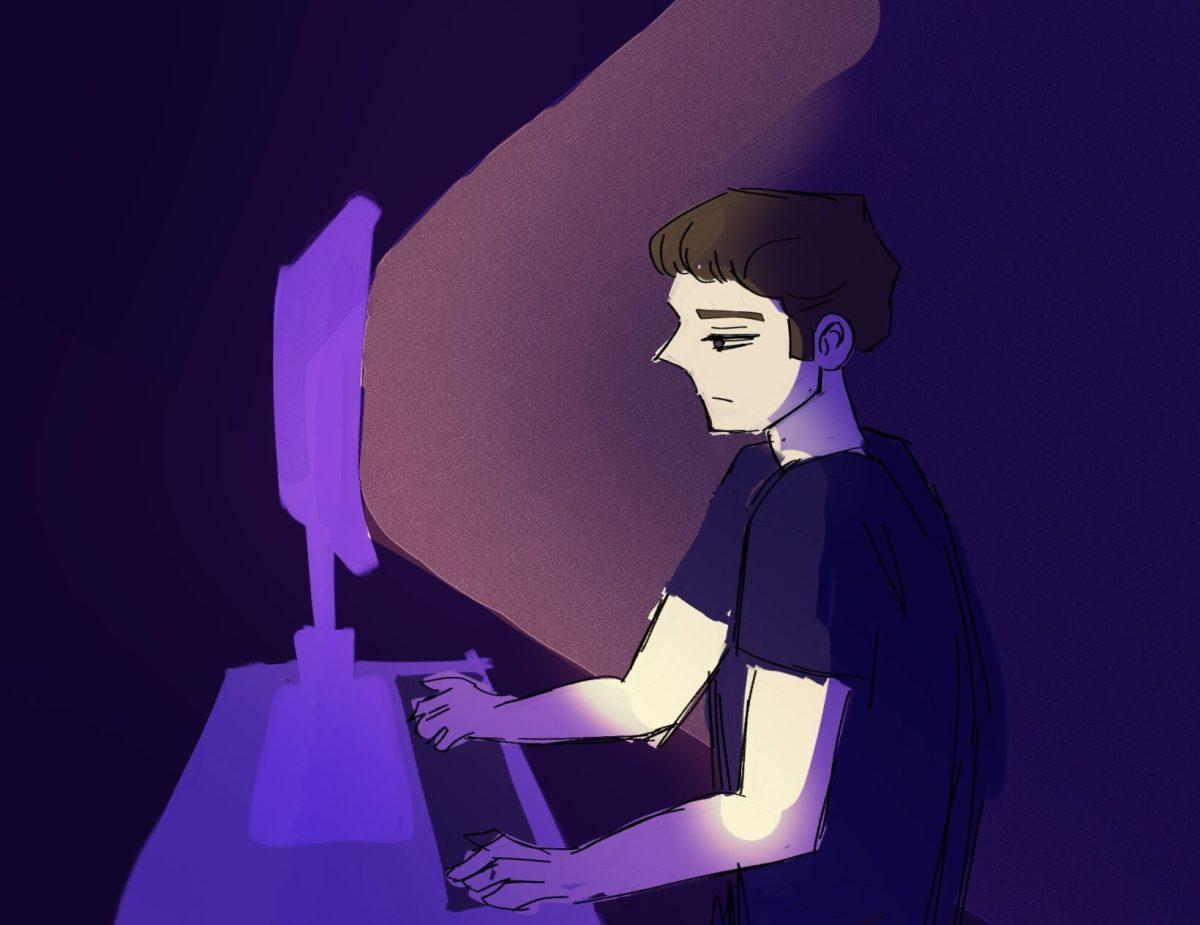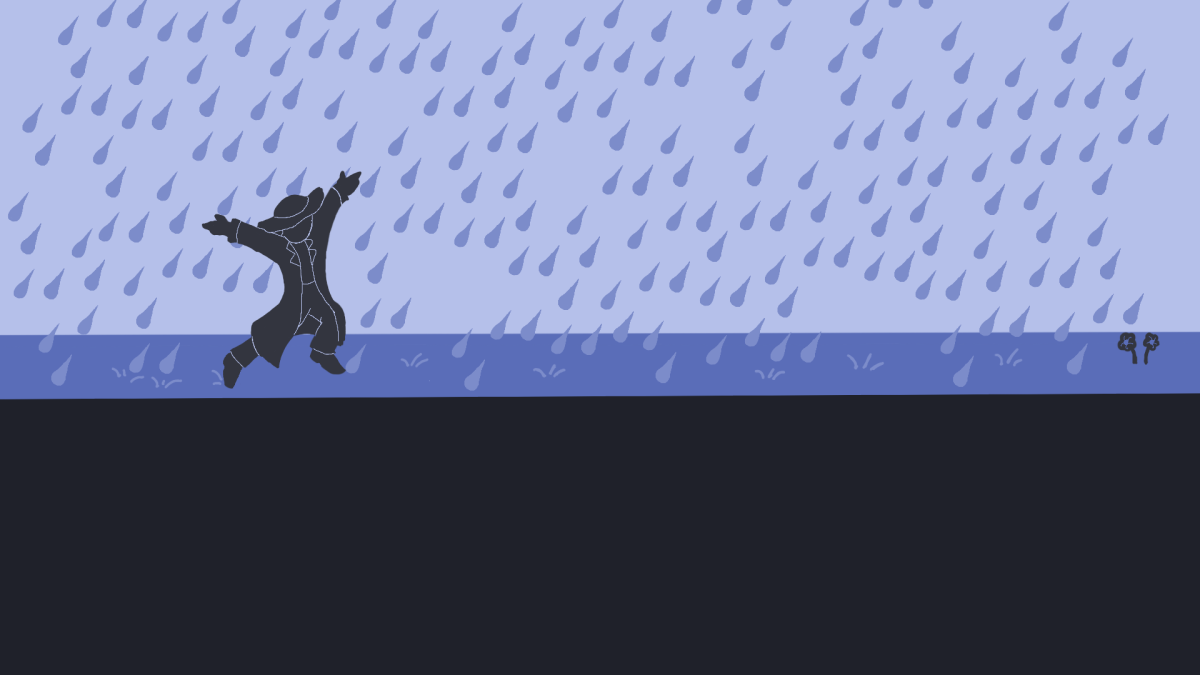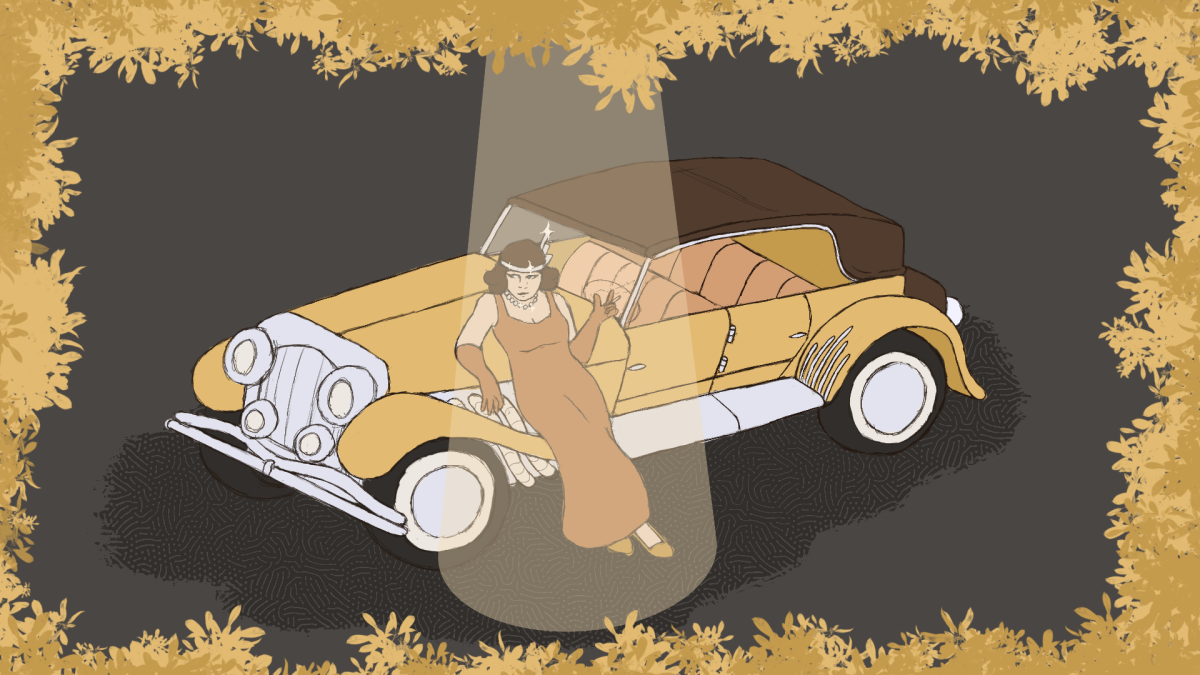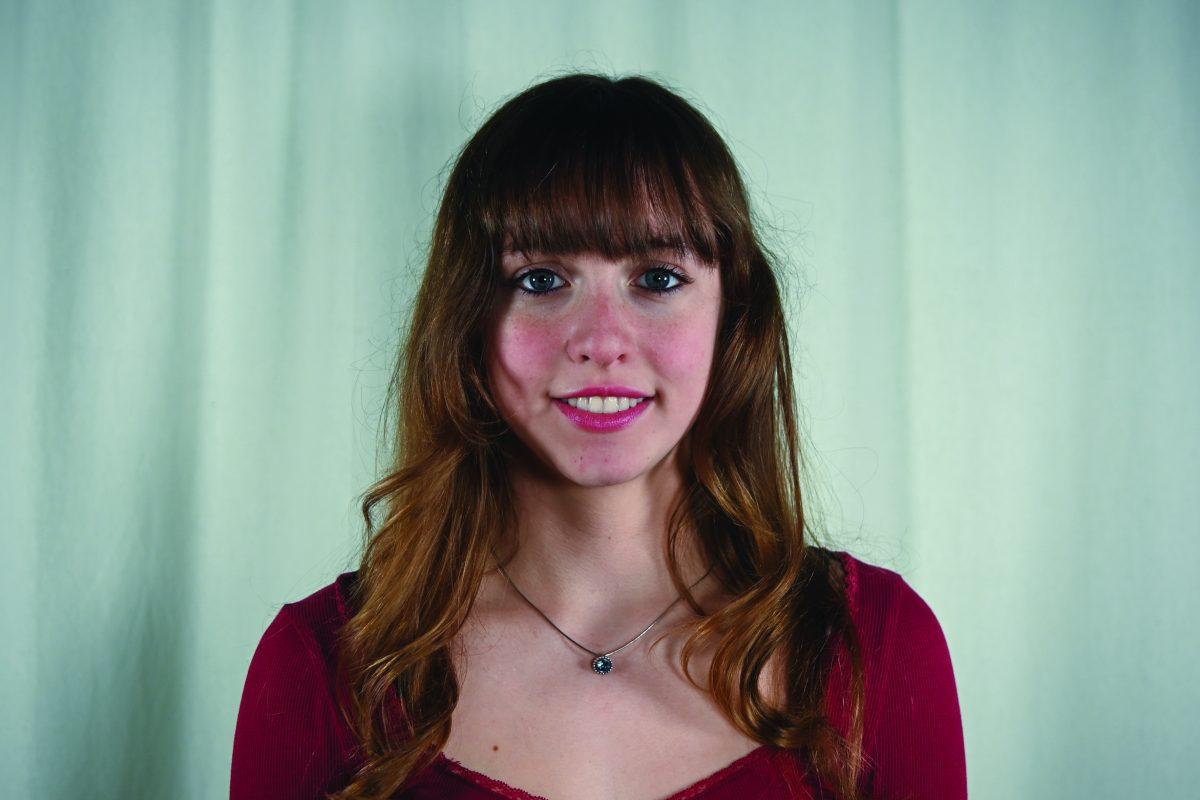Growing up in North Raleigh, I didn’t see a whole lot of crime. I lived in a good neighborhood and went to a fairly nice high school, so the extent of criminal behavior usually stopped at possession of marijuana.
Likewise, after a year of living both on and off campus at NC State, I can say that while there are occasional acts of criminal behavior, in general I don’t feel like I’m in danger. Campus police does a wonderful job of protecting the university. All things considered, I like to think we live in a little utopia called “NC State.”
However, safety and comfort like this come at a cost that is not always realized; parts of North Carolina and Raleigh live in fear not just of crime but of incarceration. On Wednesday, the American Civil Liberties Union released its “Blueprint for Smart Justice” in North Carolina, a report that outlines how North Carolina can halve its prison population, and save more than $1 billion in the process.
The report notably found that the population of prisoners doubled between 1980 and 2016, that black adult imprisonment was 4.5 times higher than white adults, and that black people accounted for 52.9 percent of the prison population, while only accounting for 21.5 percent of the state population.
Though mass incarceration being racially disproportionate is important, it is unfortunately not new. There are more factors to the immorality of mass incarceration, however, that are less known.
The ACLU found that those 50 and older accounted for roughly a fifth of the prison population. If they got out today that would mean they would only have 15 years to work towards a normal retirement, and with businesses less likely to hire an ex-convict, it’s not unreasonable to infer they will be working the rest of their lives.
On top of this, the report found that the amount of time served for drug offenses rose by 63 percent from 2006 to 2016. At the same time the number of people released each year decreased by 22.2 percent between 2006 and 2016. As a result, they project the total prison population to exceed maximum capacity by 2025.
From this data it’s easy to see how a subset of North Carolina is being subjected to a vicious cycle: they are arrested for drug crimes more often, kept in prison longer and released into an environment where they, being far being other their age in economic standing, must work or die. It’s no surprise then that minority citizens of Raleigh begged the city council to “Listen to us!” about police accountability at Tuesday’s city council meeting.
These citizens represent a part of this city and its problems that people like me will likely never experience. As a young, white, hopeful college graduate,my chances for being incarcerated are quite low. But the fact of the matter is that Central Prison is on Western Boulevard, the Wake County Detention Center is roughly 10 minutes away from NC State and multiple neighborhoods impacted by this issue lie right outside our bubble of a community.
People who live closer to me than my parents are being subjected to a form of discriminatory treatment that is unjust and systematic.
Mass incarceration is no easy problem to solve; it may very well take decades of work and legislation. But perhaps the city of Raleigh could start by listening to some of the ACLU’s suggestions. These suggestions include reducing the average time served for public order and drug offenses. This reform alone would reduce the number of prisoners by 9,836 out of the 37,104 currently incarcerated: a decent first step in undoing decades of discrimination.
Raleigh has problems, but I’ll still enjoy the City of Oaks and the trees all around me. What’s more is that I’ll still love NC State, from the Belltower, to Hunt Library and to Talley Student Union. I’ll always adore each and every brick. It is because of this love for Raleigh that I think we must quit neglecting these issues plaguing our community. Ignoring them only leads to further disenfranchisement; the only way forward is to tackle mass incarceration one reform at a time.














